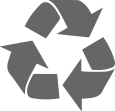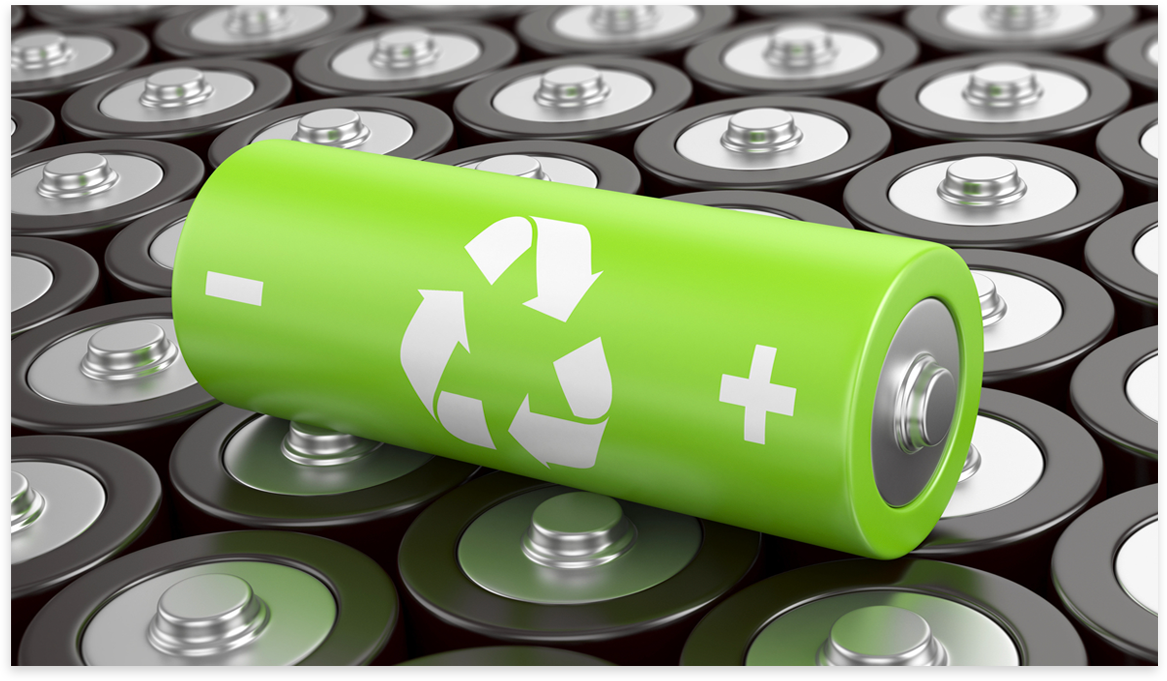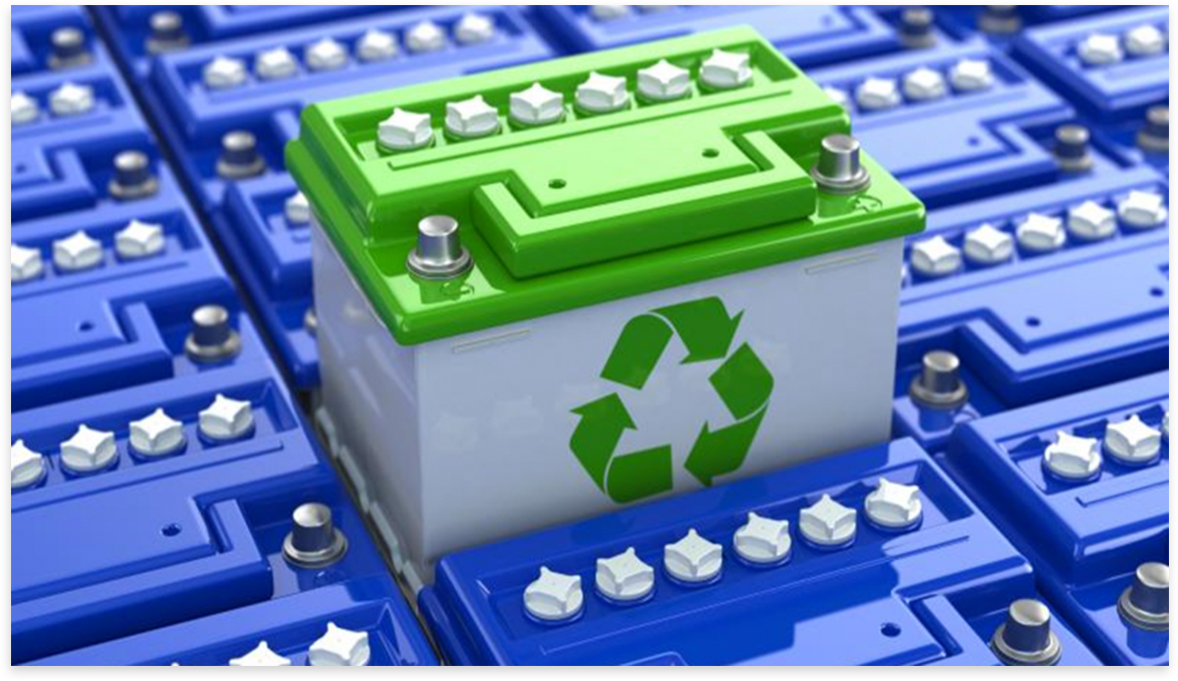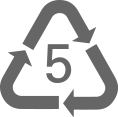

The European Commission is today proposing to modernize EU legislation on batteries, presenting its first
initiative among the actions announced in the new
Circular Economy Action Plan. More sustainable batteries throughout their life cycle are key to the
objectives of the European Green Pact and contribute to the
zero pollution ambition set out in it.
There are many types of batteries, which can be broadly divided into primary and secondary batteries.
Primary batteries are those that cannot be recharged
after being discharged. They can also be referred to as dry cells, such as ordinary zinc-manganese
batteries and zinc-manganese alkaline batteries. Secondary
batteries are those that can be recharged and recovered after discharge and can be used several times.
They can also be called storage batteries and r
echargeablebatteries, such as lithium batteries and lead-acid batteries.
Batteries are indispensable in people's lives. They are used in everything: watches, remote controls,
toys, bicycles, bicycles, golf carts, special carts, cars,
forklifts, solar home systems, etc.
Lead-acid batteries are one of the most recycled products with a recycling rate of 99%, and VT
INDUSTRIAL, SL supports and contributes to the recycling
and reuse of lead-acid batteries assembled and distributed through all its distribution channels.



The measures proposed by the European Commission facilitate the achievement of climate neutrality by
2050. Better and more efficient batteries will make a
decisive contribution to the electrification of road transport, significantly reducing its emissions,
increasing the uptake of electric vehicles and facilitating
higher share of renewables in the EU's energy mix. With this proposal, the Commission also aims to boost
the circular economy of battery value chains and
promote a more efficient use of resources with the objective of minimizing the environmental impact of
batteries.
How to recycle a lead-acid traction battery
The metal tray/tank is removed, the steel is melted and purified for direct industrial use. The 2V
elements are broken in a machine called a hammer mill,
which breaks the battery into chunks. The broken pieces of 2V elements go into a vat, where the lead and
heavy materials fall to the bottom while the plastic
rises to the top. At this point, the polypropylene pieces are collected and the liquids are removed,
leaving the lead and heavy metals. Each of the materials
then begins its own recycling journey.
We as VT INDUSTRIAL SL, encourage the use of existing metal chests or if possible, old 2V elements to
minimize the impact of waste and
the recycling process itself.

The polypropylene parts are washed, blown dry and sent to a plastic recycler where the parts are melted to a near-liquid state. The molten plastic is fed into an extruder that produces small, uniformly sized plastic pellets. These granules are sold to battery casing manufacturers, and the process begins again.

Lead grids, lead oxide and other lead parts are cleaned and then melted in smelting furnaces. Molten lead is poured into ingot molds. Large ingots, weighing about 2,000 pounds, are called hogs. Smaller ingots, weighing 65 pounds, are called hogs. After a few minutes, impurities, also called dross, float to the surface of the lead still molten in the ingot molds. The dross is scraped off and the ingots are allowed to cool. When the ingots cool, they are removed from the molds and shipped to battery manufacturers, where they are remelted and used in the production of new lead plates and other parts for new batteries.

Acid can be handled in two ways.
The acid is neutralized with an industrial compound similar to household baking soda. This converts the
acid to water. The water is treated, cleaned and tested
to ensure that it meets clean water standards. It is then discharged to the public sewer.
Another way to treat acid is to process it into sodium sulfate, an odorless white powder used in the
manufacture of detergents, glass and textiles.
In this way, a material that would be discarded becomes a useful product. The acid can also be recovered
and reused in new battery products
through innovative recycling processes.